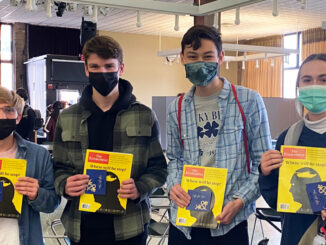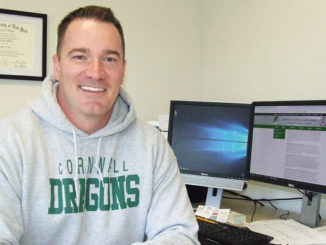
Sends lengthy letter to the Board of Education
On Jan. 31, the Board of Education received a seven-page letter from Diana Zuckerman, the president of the National Center for Health Research. Ms. Zuckerman describes the dangers associated with artificial turf and acknowledges that her letter was solicited by members of the community. The first few paragraphs are reproduced here.
“At the request of members of your community, I am writing to share scientific information about artificial turf, which I am confident will help you determine the best decisions to make for the children and adults in your community.
“As President of the National Center for Health Research, I have shared similar information with Members of the U.S. Congress, state and federal agencies, state and local legislators, parents, and others who want to ensure that our children are not exposed to dangerous chemicals or metals when they play on artificial turf or playgrounds. Our nonprofit think tank is located in Washington, D.C. Our scientists, physicians, and health experts conduct studies and scrutinize research.
“Our goal is to explain scientific and medical information that can be used to improve policies, programs, services, and products. We strongly urge you to consider the risks of replacing grass fields and natural playgrounds with artificial turf. In recent years, we’ve learned new information about lead and PFAS in artificial turf, as well as the risks of some of the newer infill materials that turf companies are using to replace tire crumb ….. I hope you have already educated yourselves about those risks, which are now widely understood by scientists, and have resulted in bans on tire crumb infill in many communities.
“However, it is less well known that the plastic grass itself has dangerous levels of lead, PFAS, and several other hormone-disrupting chemicals as well. PFAS are of particular concern because they enter the body and the environment as “forever chemicals,” which means that they are not metabolized and do not deteriorate. They accumulate in the body of humans and animals over the years. However, other hormone-disrupting chemicals are also dangerous because they are pervasive, and the impact of different types of hormone-disrupting chemicals is cumulative.
Replacing tire waste with silica, zeolite, and other materials also has substantial risks.”
The remainder of the letter can be read here.



